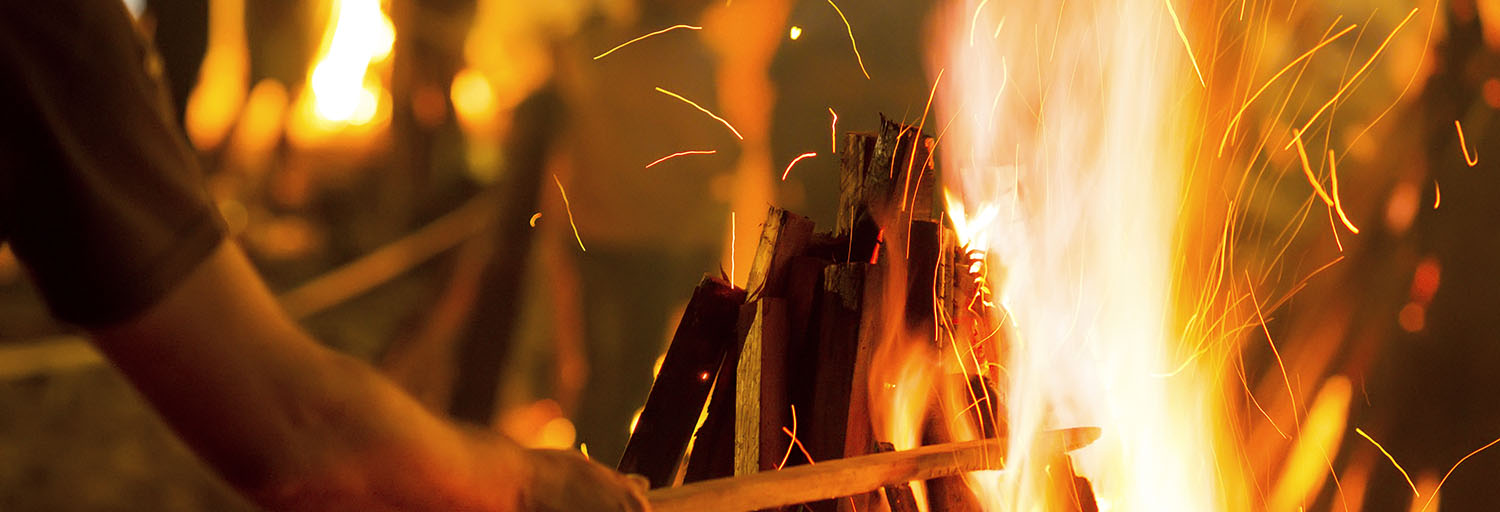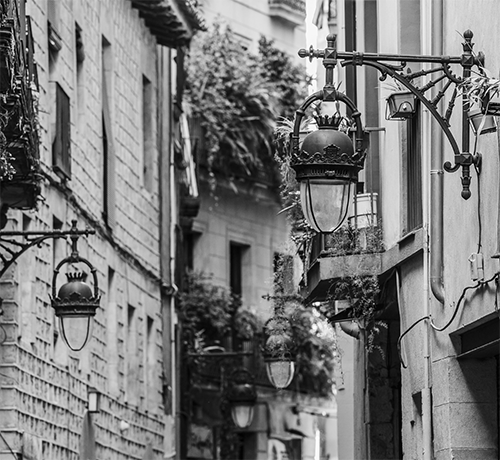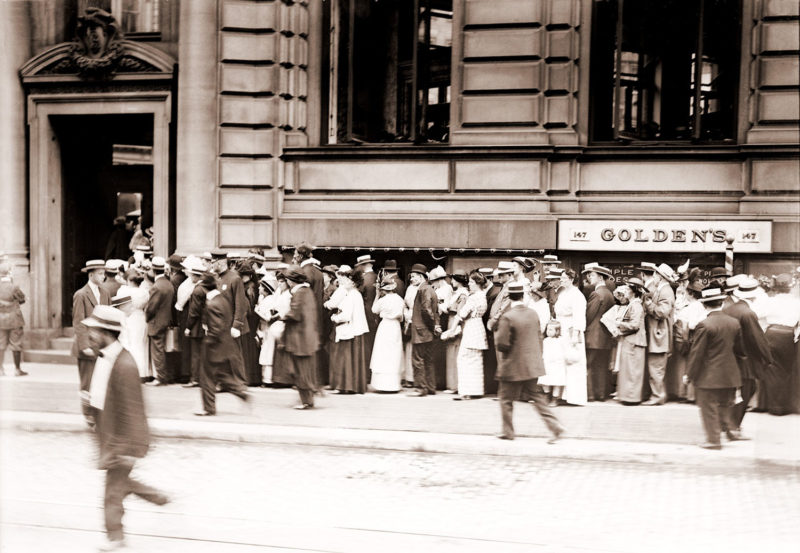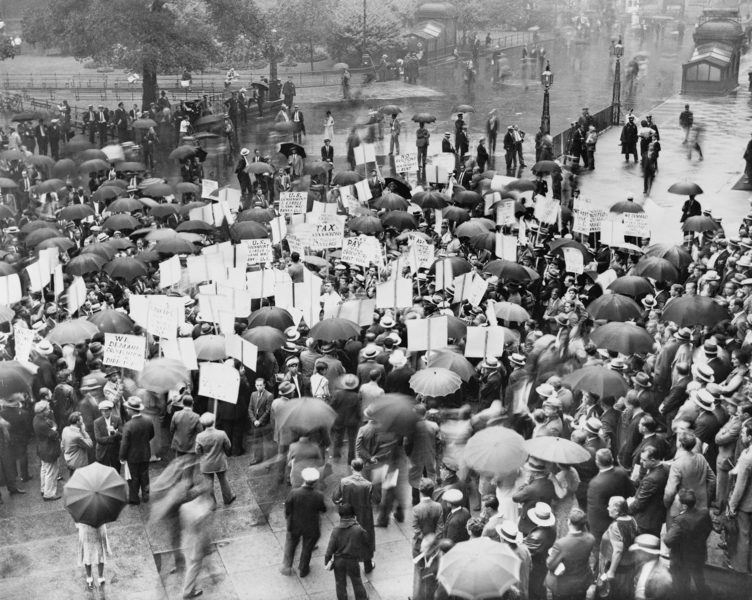

The origin of the festival of Sant Joan
On June 23, we celebrate the festival of Sant Joan. A feast that has always had great significance in Catalan folklore. With this article, we want to bring you a little closer to discovering some secrets of this magical night, so full of fire in our country.
The season of sandals and espadrilles has arrived, and that marks the beginning of summer and heat time in Catalonia. There is, however, a holiday that further determines the start of the season, the most magical night, the one that arrives two days after the summer solstice: la Revetlla or Nit de Sant Joan, also known as the Night of the Witches or Night of Fire, which is celebrated throughout the Catalan Countries.
The first, the Greeks
To be able to delve into the history of the night of June 23, eve of St. John, nothing better than taking a look at the Costumari català, the reference book regarding our traditions and customs, written in 1952 by the folklorist and ethnologist from Barcelona, Joan Amades.
According to Amades, the tradition of celebrating this festival, in honour of the onset of summer, dates back to Roman times, when the Romans went out to collect verbena (Verbena officinalis), a herb with many properties and some extra secrets, which still gives its name to the festival in Spanish, although with an initial v. The Romans used this herbaceous plant for medicinal and magical uses, and believed that if they collected it during the night of Saint John, it would bring them happiness and wealth. But they were not the first to revel on that date. It was the Greeks, who made bonfires to celebrate the birth of the god Apollo, considered the god of the Sun. It is known that in Barcelona the festival has been held in the street since the 15th century, where there was already the ancient and lost tradition of going out to look for medicinal herbs on the night of Saint John.
And this is how the celebration and the bonfires have lasted so long, the fire having been the most differentiating feature of this festival for years. And if today bonfires are lit in neighbourhoods or streets of different cities or towns, in the past it was customary to light them in front of the masies or the more isolated houses. Specifically, four bonfires were lit, one for each of the four winds, to protect the home from disease, thieves, evil spirits, and witchcraft. Amades specifies that even the people who lived far away and alone in the woods lit a bonfire that night, no matter how small. But it seems, as we can read in the Customari, that, just as today they are banned in rural areas and places surrounded by forest, they were also banned in the past in many cities for fear of causing fires. There is evidence of ancient laws enacted everywhere to try to prevent people from lighting them, as well as bans on religious grounds. This feast of pagan origin surpassed the fetters in clandestinity, and the fire never ceased to be present. And so, the habit to ignite fires at the streets and plazas of all the cities and towns of the Catalan Countries was restarted and normalised.
The writer also details in his book that firewood and old furniture were burned in the bonfires, that kids from each neighbourhood collected, shouting: “Is there anything for St. John’s fire?” The firewood and utensils for burning that the children collected were transported in an old mat that acted as a cart, and then they hid it in a stable or laundry room, so that it would not be looted by a gang from another street, and kept it there until the long-awaited party night. It was also very typical of the night of Sant Joan that, while the children threw the old trinkets and the firewood in the bonfire, they sang: “Throw it in the fire of St. John, throw it, throw it.”
In the end, given the usual temperatures of this time of the year, and if you think that everything is fire for St. John, it is good to remember that the revetlla is also associated with water, with the midnight baths and with many festive ways of soaking, throwing buckets full of water down the streets, or even from the balconies.
These are some of the traditions that our land holds. And this year, more than ever, after the confinement and restrictions of 2020, we celebrate the feast of St. John. Let’s pay attention to the words that Joan Maragall left us: “You can indeed make them high / the bonfires this year.”
11Onze is the community fintech of Catalonia. Open an account by downloading the super app El Canut for Android or iOS and join the revolution!






Gràcies
Gràcies a tu, Daniela!!!
Semlrensón especials les revetlles de sant joan!
Moltes gràcies pel teu comentari, Jordi!!!
Els que tenim una edat recordem el recollir fustes i fer fogueres als encreuaments d’alguns carrers de Barcelona.
Jo soc gallega, i tinc records molt bonics d’aquesta nit tan especial!
Gràcies per explicar-nos el seu origen
I moltes gràcies a tu per seguir-nos i ser-hi, Manel!!!
Anar a buscar mobles vells per les cases, guardar-los i vigilar que no els encenguessin abans d’hora és un dels grands records de quan es jugava al carrer.
Ja és això, ja… Moltes gràcies pel teu comentari, Mercè!!!
Molt, molt interessant.
Gràcies, Vicenç pel teu comentari. Ens veiem per la Plaça
Gràcies, Joan! Ens veiem per La Plaça!
Molt bé la referèncla sl Costumari Català de Joan Amades. Una obra grandiosa
Hola, Mercè. Moltes gràcies pel teu comentari.
Sabia coses però això de banyar-se, al mar passat la mitja nit i que seran aigues miraculoses, essent una festa pagana sembla que hi ha esperit religiós
Si, ja saps, Alícia, que moltes vegades ens n’anem a dormir havent adquirit nous coneixements dels quals no en teníem ni la més remota idea…